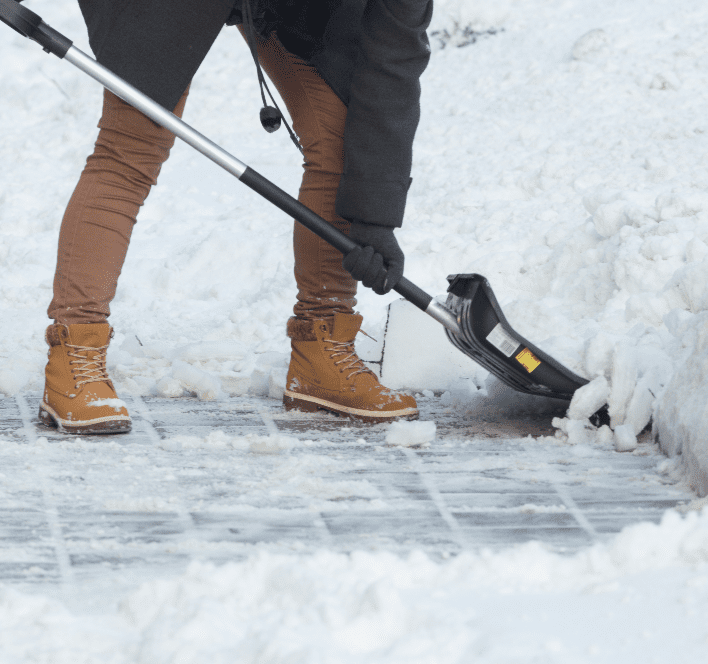If you’ve experienced a back injury during the winter months, you’re not alone. Everyday tasks like walking and driving can become more dangerous after an overnight snow storm or freeze, especially if you aren’t prepared. The good news is that preventing winter injuries is possible with some extra precautions. After a winter injury, you might feel pain or discomfort in your back, neck, or spine, which you shouldn’t take lightly. If you’ve suffered an injury, consider reaching out to the back doctors at New Jersey Spine & Orthopedic.
Keep reading to learn more about the most common winter injuries and how to avoid them.
Slipping and Falling on Ice and Snow
Without a doubt, slipping and falling on ice is one of the most reported winter injuries. Ice can be difficult to see both during the day and night. What may appear as a small puddle may actually be ice, and pedestrians have to worry about black ice, as well. You might also step off the curb onto a sheet. Snow can cause you to slip and fall too, especially if there’s a layer of ice on top.
Even if you regain your balance, slipping on snow or ice can pull or twist your back in an unnatural way, causing pain or discomfort. Everyone is in danger of slipping or falling on snow and ice, but seniors are especially at risk. Common injuries include:
- Bruises
- Head or brain injuries
- Broken bones
- Muscle strains
The best way to keep yourself safe on walkways during the winter is to wear boots made for wintery conditions. Keeping your strides shorter and slowing down can also reduce your chances of a fall. You should also always have rock salt on hand as it can help melt ice on your commonly walked paths.
Shoveling Snow
Snow is widespread in the northeastern part of the United States, especially in New Jersey. Shoveling takes a long time and requires a lot of physical effort, combined with low temperatures that make it even more uncomfortable. Repeatedly twisting and lifting a snow-laden shovel can put a severe strain on the body. One pulled muscle can cause extreme discomfort for days or even weeks.
One study found that over eleven years, there was an average of 11,500 emergency room visits due to snow shoveling injuries. The most common injuries were lacerations, fractions, and head injuries.
One way to reduce the chances of pain from shoveling snow is to shovel more often. Shovel multiple times if you know a storm will bring a couple of inches. By waiting for it to accumulate, you risk injury. Snowblowers are also an effective way of reducing effort and possible pain. You can find an inexpensive snowblower at Target or Lowes.
Car Accidents
Despite the freezing temperatures and the possibility of icy roads, we still have to carry on with driving to work or the grocery store. If you aren’t prepared for winter driving conditions, you put yourself and others at risk. According to the Federal Highway Administration, over 1,300 are killed and more than 116,800 are injured every year on snowy, icy, or slushy roads.
During the winter months, you should switch to snow tires to travel more safely on roads. If there’s a big snowstorm, it’s best to avoid driving. You may sustain spinal fractures, herniated discs, or spinal cord injuries from car accidents, and your chances of being in an accident increase throughout the winter.
Expert Back Care from Board-Certified Spine Doctors
If you’re experiencing back, neck, or spine pain from a winter-related injury, seek medical attention from the spine doctors at NJ Spine & Orthopedic. A specialist will work with you one-on-one to determine the root of your pain and discuss possible treatment methods. At NJ Spine and Orthopedic, our doctors will always use conservative healing methods to treat any pain. If a doctor recommends surgery, we will utilize the latest in minimally invasive techniques to reduce your pain.
When you’re ready to say goodbye to back, neck, or spine pain, call (866) 272-9271 or complete a contact form today. No matter your condition, we’re here to help!

